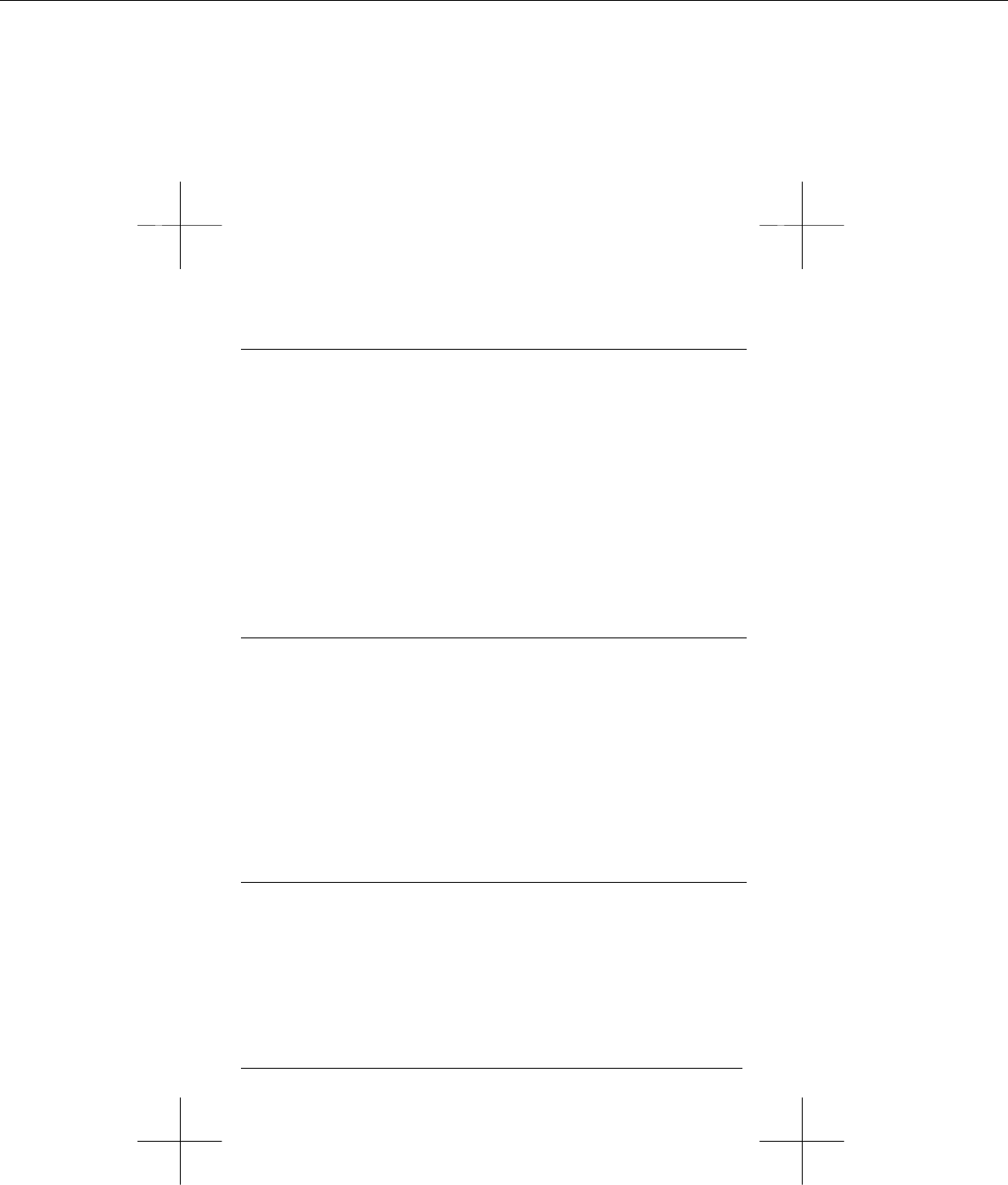
Page: 17
different one by assigning the ASCII value (in decimal) of the new
escape character to register S2.
3.3 Issuing Commands
When the modem is in command state, you can issue commands
to the modem by typing them on the keyboard. A command line
shall always begin with AT (or at), followed by the command or
commands, and completed with a return key. The only exception is
A/, which does not require the AT prefix and a return key.
Some commands, such as M1, M2 or M3, require a parameter
after the command letter. If the parameter is missing, the modem
treats the command as having a parameter of 0. For example, M
would be recognized as M0.
When multiple commands are issued in a command line, you can
insert spaces between commands to make the command line
easier to read.
3.4 Command Buffer
The command buffer has a capacity of 40 characters. All the
commands you type on the keyboard are stored in the command
buffer before the return key is pressed. However, the AT or at, the
carriage return, the optional line feed characters, and the spaces in
the command line are not stored in the command buffer.
The command line stored in the command buffer is not executed
until you have pressed the return key. If the command buffer
overflows, the modem sends the ERROR response code upon
receiving the carriage return character, and all the commands in
the command buffer are ignored.
3.5 Deleting Commands
If you make a mistake while typing a command line, you can press
the backspace key to delete the last character you have entered.
However, the backspace key does not delete the AT prefix.
To delete the entire command line, press the backspace key until
every command character (except AT) is deleted. Then, press the
return key.
You may change the backspace character to another ASCII
character by assigning a new value to register S5. For example,


















